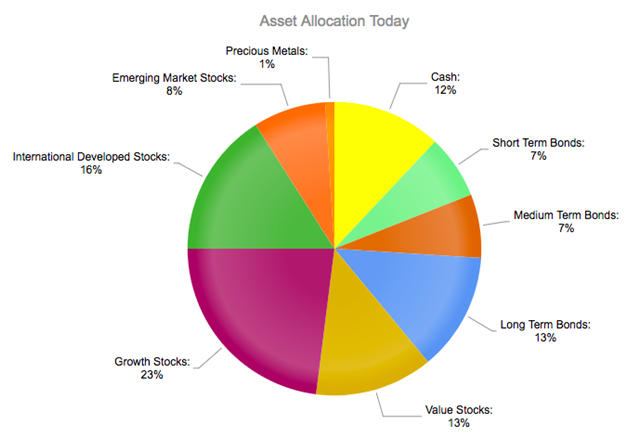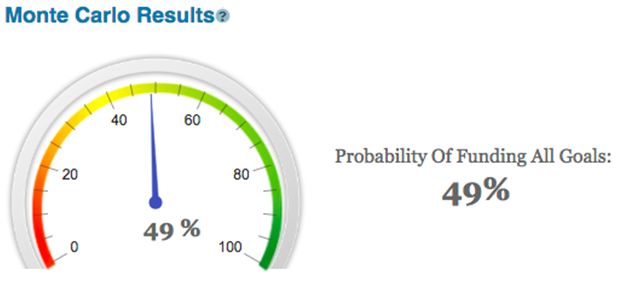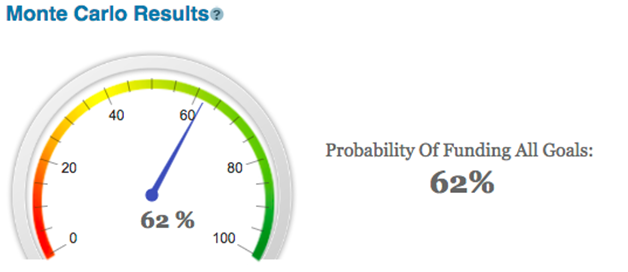Key Points:
- Look beyond the past 10 years when putting together a high-yielding stock portfolio.
- Diversify by sector, and consider dividend growth, not just dividend yield.
- Rebalance the portfolio on occasion.
When looking at income-generating investments, it’s tempting to just pile into the big dividend payers. You might think you have done your homework by looking at a company’s most recent 10-year history of dividend payments and reviewing its history of returning capital to shareholders.
But it has been about 10 years since the last recession, so you may not get a complete picture just by looking at those years. The big question is, what will happen to the dividend during the next downturn?
Even if you do go way back and see what happened the last time (was the dividend cut? suspended entirely?), looking at the past, while instructive, should not be considered predictive. In other words, the next recession won’t necessarily look like the last.
What can you do to protect against dividend portfolio catastrophe? We have a few ideas.
Diversifying by sector, to the extent possible, is advisable. Certain business sectors lend themselves more to paying dividends or distributions than others, so you won’t be able to diversify entirely if you’re looking for income. But there’s more to income generation than just REITs, utilities, and energy companies. Which brings us to the next point:
Look at dividend growth, not just dividend yield. Get some lower-yielding but faster-growing dividend payers in there too. This will get you out of the usual high-yield sectors, and will add not only diversification but the potential for growth in your overall dividend yield over time. Microsoft and Starbucks, on our list below, are good examples. These are 40-plus-year-old companies and household names, but relatively new to paying dividends--and they are increasing those payouts at a pretty fast clip compared with, say, the typical oil company or utility. The rapid-growth phase of their corporate trajectory is mostly over, so they’re starting to pay out to shareholders instead of reinvesting all profits in the business. Adding such companies to your portfolio is going to reduce its overall yield on a percentage basis, but it should pay off in the long run with dividend growth.
Don’t let your portfolio get out of whack. You won’t be able to just set it and forget it with a portfolio like this. It will be best to rebalance every year or two to make sure certain sectors don’t become too large a percentage of the whole portfolio.
| Name | Ticker | Sector | Yield |
| Cisco Systems | CSCO | Technology | 3.5% |
| Dominion Energy | D | Utilities | 3.7% |
| Exxon Mobil | XOM | Energy | 3.9% |
| General Electric | GE | Industrials | 3.9% |
| General Mills | GIS | Consumer Defensive | 3.5% |
| GlaxoSmithKline | GSK | Healthcare | 5.1% |
| Lamar Advertising | LAMR | Real Estate | 4.9% |
| Macerich | MAC | Real Estate | 5.3% |
| Magellan Midstream Partners | MMP | Energy | 5.2% |
| Microsoft | MSFT | Technology | 2.2% |
| Old Republic International | ORI | Financial Services | 3.9% |
| Public Storage | PSA | Real Estate | 3.8% |
| Starbucks | SBUX | Consumer Cyclical | 1.9% |
| Tallgrass Energy Partners | TEP | Energy | 7.4% |
| Verizon | VZ | Communication Services | 4.8% |
| Wells Fargo | WFC | Financial Services | 2.9% |
| Williams Sonoma | WSM | Consumer Cyclical | 3.4% |
| Average | | | 4% |
Data as of 8/25/17.
Let's have a look at what a portfolio like this could mean for a plan.
Meet Jerry and Alexa
A couple in their early 60s nearing retirement (they hope!) with about $900,000 in invested assets is trying to figure out if they are on the right track. They expect to spend around $70,000 a year once retired, and don't want to take Social Security until they are at full retirement (67), when they can get the maximum benefit from it.
They have been pretty well diversified across investment types thus far. Heading into retirement, though, they know they need to make some changes.

WealthTrace can tell you how you’re invested across asset types. Learn more.
During retirement, this couple will need something that will generate more income than most bonds would yield today. If they leave things as-is--that is, if they keep their investments’ asset allocation as above--the chance of their plan succeeding is not great.

The WealthTrace Monte Carlo simulation runs through 1,000 different simulations to give you the probability of a plan’s succeeding. Learn more.
What should they do? A portfolio like the one above is one solution. That portfolio should generate an annual yield in the 4% range. Not only that, we can expect some dividend growth as well.
Let’s have a look at what a portfolio like that one would do to the plan’s probability of success:

Now we’re getting somewhere!
A 62% probability is still a little low for most peoples’ liking. Still, the point is that, by boosting the income-generating potential of the portfolio, we’re moving this couple in the right direction. A few more tweaks, perhaps to spending or by pushing their retirement age out a year or two, and they should be in good shape.
Don’t Be Afraid
Having a large chunk of your portfolio in stocks at retirement doesn’t have to be scary. With any stock portfolio, yes, you'll need to be prepared for market volatility. But a portfolio of dividend payers will likely be less volatile than most equity portfolios, and will generate all-important income too.
What would increasing your savings rate or investing in different asset classes do to your retirement plan? Could you handle a stretch of stock-market volatility? WealthTrace can help you find out. See how making changes to your investments affects the probability of your plan succeeding. Click here to learn more.